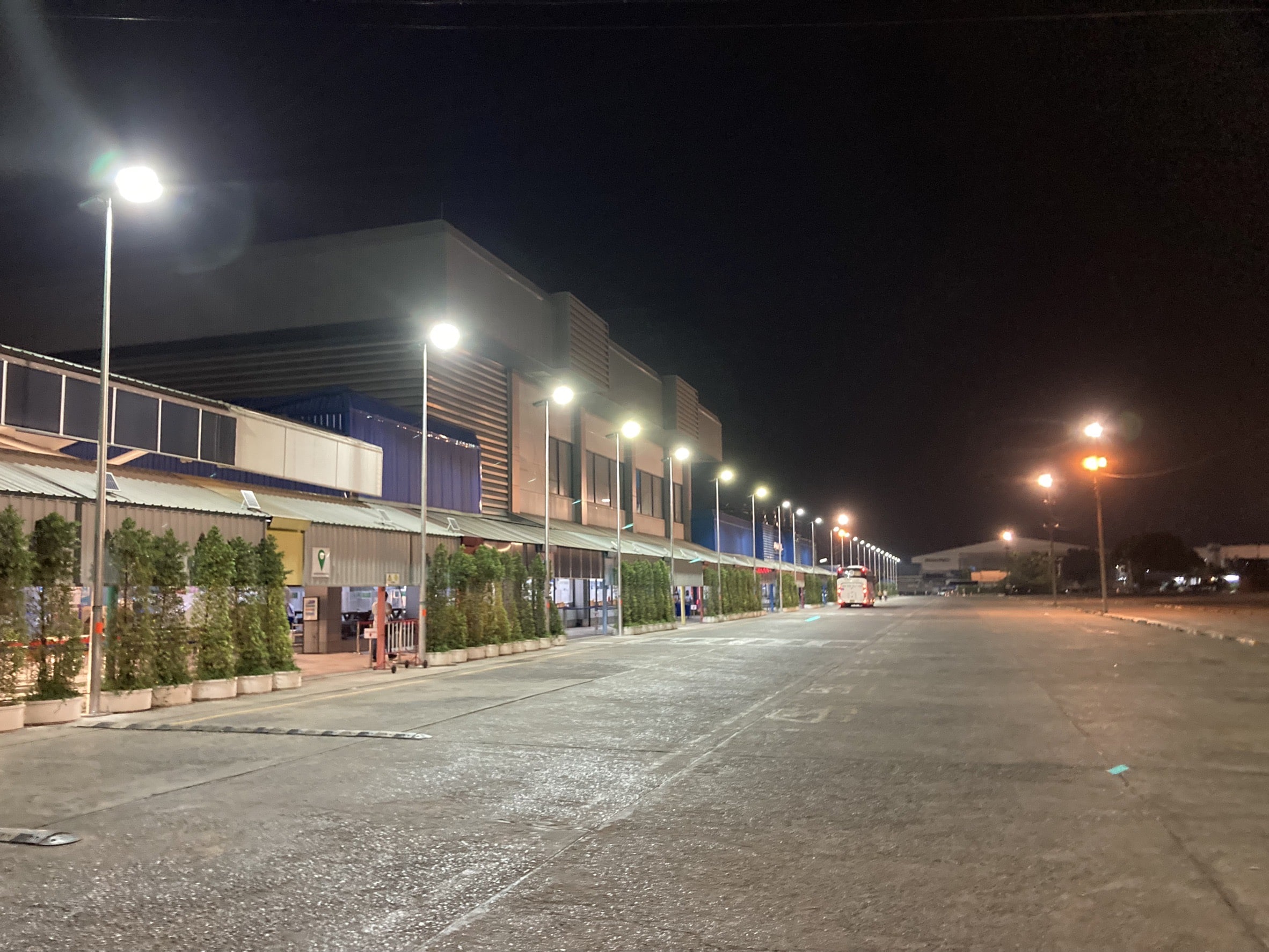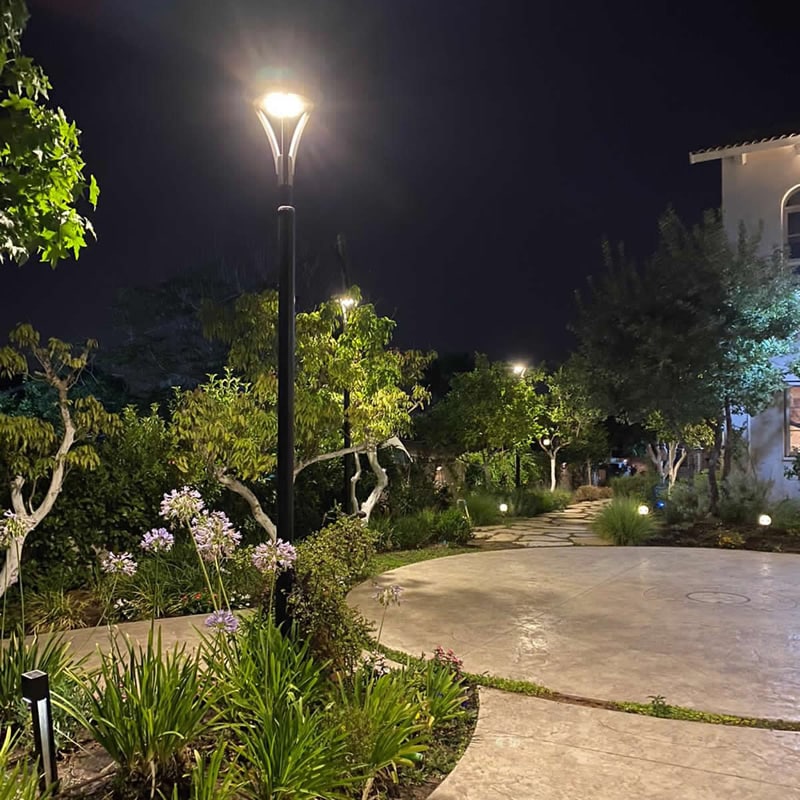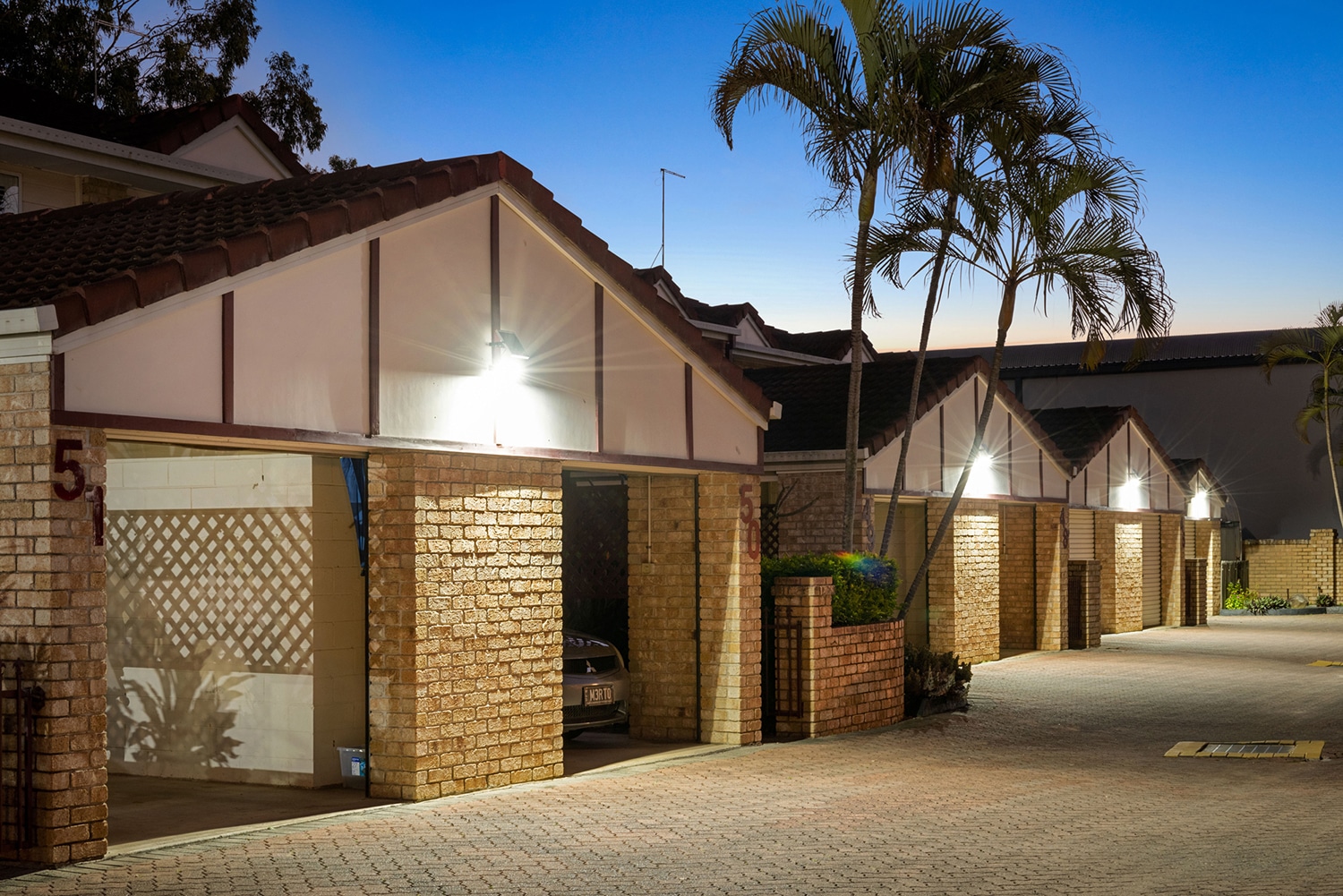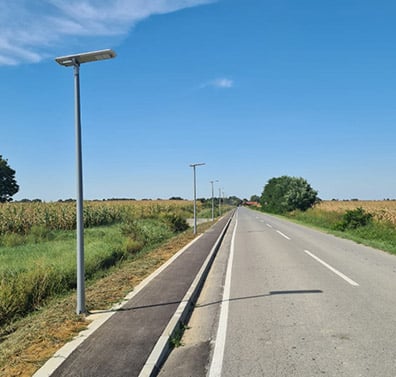Increasingly, people are turning to solar power as a sustainable and cost-effective way to illuminate streets around the world. Solar street lights are an effective solution that rely on photovoltaic energy rather than drawing from the grid for electricity. But how much power do these systems actually consume? And what type of performance can buyers expect?
This informative blog post dives into essential details surrounding solar street light power consumption and performance expectations. Keep reading to explore this growing technology in greater detail!
Components of Solar Street Lights
-
Solar Panel: The solar panel is responsible for converting sunlight into electricity. It is usually made of monocrystalline or polycrystalline silicon cells. The panel is mounted on the top of the pole or on a separate mounting structure, facing the sun to maximize energy absorption.
-
LED Light: The LED (Light Emitting Diode) lamp is an energy-efficient light source that provides bright and consistent illumination. LED lights have a longer lifespan and consume less power compared to traditional lamps such as incandescent or CFL bulbs.
-
Battery: The battery stores the electricity generated by the solar panel during the day. It powers the LED light when the sun goes down. Common battery types used in solar street lights include lithium-ion, lithium iron phosphate (LiFePO4), and lead-acid batteries.
-
Charge Controller: This component regulates the charging and discharging process of the battery, ensuring its optimal performance and longevity. It prevents overcharging or deep discharging, which can damage the battery.
-
Light Sensor and Motion Sensor: The light sensor detects the ambient light levels and automatically turns the LED light on at dusk and off at dawn. Some solar street lights also feature motion sensors that increase the brightness when movement is detected, conserving energy when no activity is present.
-
Pole and Mounting Structure: The pole supports the solar panel, LED light, and other components. It is typically made of steel, aluminum, or iron and comes in various heights and designs.

How Solar Street Lights Work
During the day, the solar panel absorbs sunlight and converts it into electricity. This electricity is then stored in the battery through the charge controller. When daylight fades, the light sensor detects the change in ambient light levels and sends a signal to turn on the LED light. The stored energy in the battery powers the LED light throughout the night.
In some solar street lights, a motion sensor is integrated to conserve energy by dimming the light when no movement is detected. When the sensor detects motion, the light’s brightness increases to provide better visibility and security.
Solar street lights are an effective solution for areas with limited access to the electrical grid or those looking to reduce their carbon footprint. They provide reliable illumination without the need for trenching, wiring, or high electricity costs, making them an attractive option for cities, communities, and private properties alike.
Advantages of Solar Street Lights
1. Low Maintenance
Solar street lights require minimal maintenance due to their simple design and the use of long-lasting components. LED lights have a longer lifespan compared to traditional lamps, reducing the need for frequent replacements. Additionally, solar panels and batteries are designed to withstand harsh weather conditions, ensuring consistent performance with little intervention.
2. Cost-Effective
While the initial investment for solar street lights might be higher than conventional street lights, they prove to be more cost-effective in the long run. They eliminate the need for trenching, wiring, and connection to the electrical grid, which can be expensive and time-consuming. Moreover, solar street lights have low operational costs since they rely on sunlight, a free and renewable energy source, resulting in significant savings on electricity bills.
3. Eco-Friendly
Solar street lights are an environmentally friendly solution as they utilize clean and renewable solar energy, reducing dependence on fossil fuels and decreasing greenhouse gas emissions. By choosing solar-powered lighting, cities and communities can work towards their sustainability goals and contribute to the global fight against climate change.
4. Easy Installation
The installation process for solar street lights is relatively simple and less disruptive compared to traditional street lights. There’s no need for extensive wiring or connection to the electrical grid, which makes them suitable for remote areas or locations where grid access is limited. The modular design of solar street lights allows for quick and easy installation, reducing labor costs and minimizing disruptions to the surrounding environment.
5. Enhanced Safety and Reliability
Solar street lights are not affected by power outages or fluctuations in the electrical grid, ensuring consistent illumination and increased safety for pedestrians and drivers. Furthermore, they often feature motion sensors that adjust the brightness based on activity levels, providing better visibility and security in public spaces.
6. Grid Independence
Solar street lights operate independently from the electrical grid, making them an ideal choice for rural areas, remote locations, or disaster-prone regions where power supply may be unreliable. This grid independence also allows for better control and monitoring of individual lights, contributing to more efficient energy management.

Average Usage of Energy for a Solar Street Light
To calculate the total power consumption of a solar street light, you need to consider the power rating of the LED lamp and the number of operating hours. Here’s a step-by-step guide to calculating the total power consumption:
Step 1: Determine the power rating of the LED lampCheck the specifications provided by the manufacturer for the wattage of the LED lamp used in the solar street light. For example, let’s assume the LED lamp has a power rating of 40 watts.
Step 2: Estimate the number of operating hoursDetermine how many hours the solar street light will operate each day. This can vary depending on the location, season, and specific requirements of the installation. In most cases, solar street lights operate for an average of 10 to 12 hours per night. For this example, let’s assume the solar street light operates for 12 hours each night.
Step 3: Calculate the daily power consumption
Multiply the power rating of the LED lamp (in watts) by the number of operating hours per day:
Daily power consumption = Power rating of the LED lamp (watts) x Operating hours (hours)
Daily power consumption = 40 watts x 12 hours = 480 watt-hours (Wh) per day
Step 4: Calculate the total power consumptionTo find the total power consumption over a specific period, multiply the daily power consumption by the number of days. For example, to calculate the power consumption for one month (30 days):
Total power consumption = Daily power consumption (Wh) x Number of days
Total power consumption = 480 Wh/day x 30 days = 14,400 watt-hours (Wh) or 14.4 kilowatt-hours (kWh)
This calculation provides an estimate of the total power consumption of the solar street light over a one-month period. Keep in mind that actual power consumption may vary due to factors such as weather conditions, solar panel efficiency, and the presence of motion sensors or adaptive lighting controls.
Examples of Different Types of Solar Street Lights and their Power Consumption Rates
Solar street lights come in various designs and power consumption rates, depending on factors such as the wattage of the LED lamp, battery capacity, and solar panel size. Here are some examples of different types of solar street lights and their power consumption rates:
1. Residential Solar Street Lights (5W – 20W)
These solar street lights are designed for residential areas, pathways, or small parks, and typically have a power consumption rate between 5 watts to 20 watts. They provide sufficient illumination while conserving energy.
Example: A 15W LED solar street light with a power consumption rate of 15 watts.

2. Commercial Solar Street Lights (20W – 60W)
Commercial solar street lights are suitable for larger areas such as parking lots, main roads, and public spaces. They usually have a power consumption rate ranging from 20 watts to 60 watts, offering higher brightness and wider coverage.
Example: A 40W LED solar street light with a power consumption rate of 40 watts.

3. High-Power Solar Street Lights (60W – 100W)
High-power solar street lights are designed for highways, large intersections, and other high-traffic areas that require powerful illumination. These lights typically have a power consumption rate between 60 watts to 100 watts.
Example: An 80W LED solar street light with a power consumption rate of 80 watts.

4. Solar Street Lights with Motion Sensors
These solar street lights feature motion sensors that adjust the brightness based on activity levels, making them energy-efficient and suitable for various applications. The power consumption rate depends on the wattage of the LED lamp and the level of brightness adjustment.
Example: A 30W LED solar street light with a motion sensor, which consumes 10 watts during low-brightness mode and 30 watts when motion is detected.

5. All-in-One Solar Street Lights
All-in-one solar street lights integrate the solar panel, LED lamp, battery, and controller into a single unit, making them compact and easy to install. The power consumption rate varies depending on the wattage of the LED lamp and the efficiency of the integrated components.
Example: A 25W all-in-one solar street light with a power consumption rate of 25 watts.

The low power consumption of solar street lights makes them more energy-efficient than traditional street lights. The use of solar power also makes them more environmentally friendly as they produce no carbon emissions, making them ideal for reducing carbon footprint while providing efficient lighting. Overall, solar street lights are an excellent alternative to traditional street lighting systems, and they offer a sustainable and cost-effective solution for illuminating public areas.
Table of Contents